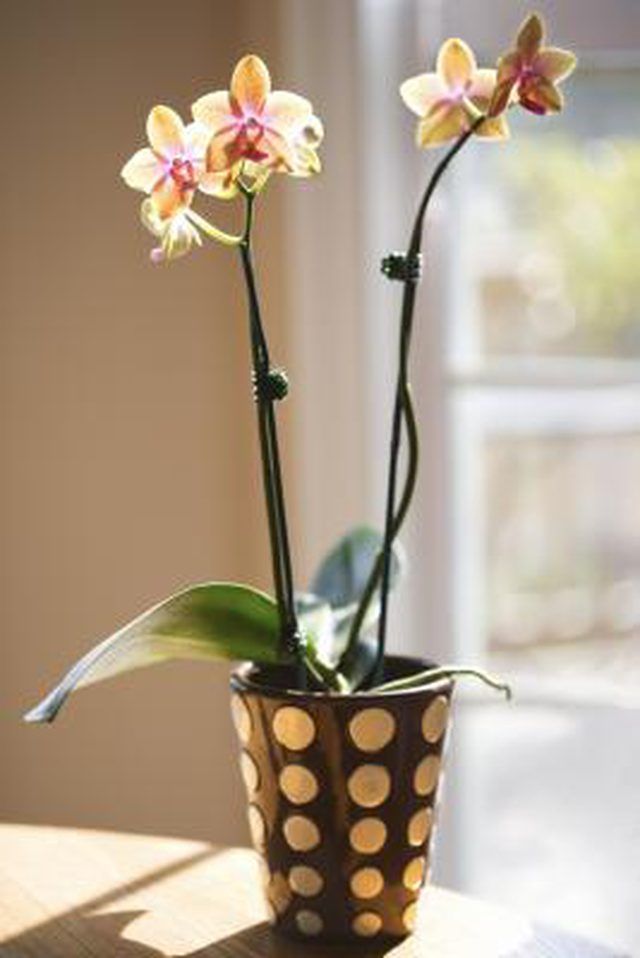Bulbs
Flower Basics
Flower Beds & Specialty Gardens
Flower Garden
Garden Furniture
Garden Gnomes
Garden Seeds
Garden Sheds
Garden Statues
Garden Tools & Supplies
Gardening Basics
Green & Organic
Groundcovers & Vines
Growing Annuals
Growing Basil
Growing Beans
Growing Berries
Growing Blueberries
Growing Cactus
Growing Corn
Growing Cotton
Growing Edibles
Growing Flowers
Growing Garlic
Growing Grapes
Growing Grass
Growing Herbs
Growing Jasmine
Growing Mint
Growing Mushrooms
Orchids
Growing Peanuts
Growing Perennials
Growing Plants
Growing Rosemary
Growing Roses
Growing Strawberries
Growing Sunflowers
Growing Thyme
Growing Tomatoes
Growing Tulips
Growing Vegetables
Herb Basics
Herb Garden
Indoor Growing
Landscaping Basics
Landscaping Patios
Landscaping Plants
Landscaping Shrubs
Landscaping Trees
Landscaping Walks & Pathways
Lawn Basics
Lawn Maintenance
Lawn Mowers
Lawn Ornaments
Lawn Planting
Lawn Tools
Outdoor Growing
Overall Landscape Planning
Pests, Weeds & Problems
Plant Basics
Rock Garden
Rose Garden
Shrubs
Soil
Specialty Gardens
Trees
Vegetable Garden
Yard Maintenance
How to Care for Potted Orchids Indoors
How to Care for Potted Orchids Indoors. Orchids are a great option for a houseplant because they produce masses of colorful, exotic-looking flowers and do not require frequent repotting. They will thrive for years as long as you give them the care that they need. Some orchids prefer warm temperatures, and some thrive under cooler conditions. Select...

Orchids are a great option for a houseplant because they produce masses of colorful, exotic-looking flowers and do not require frequent repotting. They will thrive for years as long as you give them the care that they need. Some orchids prefer warm temperatures, and some thrive under cooler conditions. Select orchids for indoor growing based on the average temperature of your home so you do not have to adjust the temperature of your home to make your orchids happy.
Things You'll Need
Potted orchid
Grow light
Trellis or stakes
Twist ties or orchid clips
Water
Mist bottle
Humidity Tray
Pebbles
Fertilizer
Measuring devices
Hang grow lights 6 inches above the top of your orchids to provide the necessary supplemental lighting indoor-grown orchids require. This is especially important during the winter months when natural light is sparse. The orchidís foliage will tell you if the plant is receiving adequate light. Dark green foliage is a sign of insufficient light. Green-yellow foliage, or black spots, is a sign of too much light. The ideal color of orchid foliage is midgreen.
Support the orchid foliage and flowers as needed. Use twist ties or orchid clips to secure the plant material to the support. Small stakes are ideal for attaching the flower stems to help keep them upright. Vining orchids, such as the vanilla orchid, will require the use of a trellis system or larger pole lined with coconut fiber. Consider the size of the flower stem or orchid when choosing a trellis or stake, and select an appropriate-size support so it does not overpower the orchid.
Water your orchids with room-temperature rainwater or distilled water, or allow tap water to sit in an open bucket overnight so the chlorine will evaporate. A good rule of thumb is to water orchids that are actively growing once or twice a week, depending on the moisture level of the bark or growing medium. Water resting orchids every two to three weeks so the bark has a chance to partially dry out. Mist orchids daily. Sit the pots in a tray of pebbles filled with water to maintain the humidity level around the orchids.
Select a fertilizer designed for orchids. In the event an orchid fertilizer is not available in your area, use a regular houseplant fertilizer at half of the weakest recommended dosage. Follow the label directions carefully regardless of the type of fertilizer you select. Do not over-feed orchids. Fertilize healthy plants that are actively growing every second or third watering, on average. If the label on the fertilizer you select recommends a different feeding schedule, follow the one it recommends.
Allow orchids to rest during the winter months. The resting period varies depending on the type of orchid; sometimes it is a few weeks, and sometimes it is a few months. Some orchids will drop their foliage during this time, while others will not. Some will flower, but most will not. Decrease watering during this time. There is no need to feed the orchids while they are resting. Once you see new growth begin to emerge, start your routine care of the plant over again.
Tips & Warnings
Most fertilizers come with their own measuring devices, but if they do not, purchase a set and keep them separate from the ones in your kitchen.
Light and temperature must be right for orchids to flower.
Giving an orchid too much water or fertilizer is a sure way to kill it. Moderation is the key.